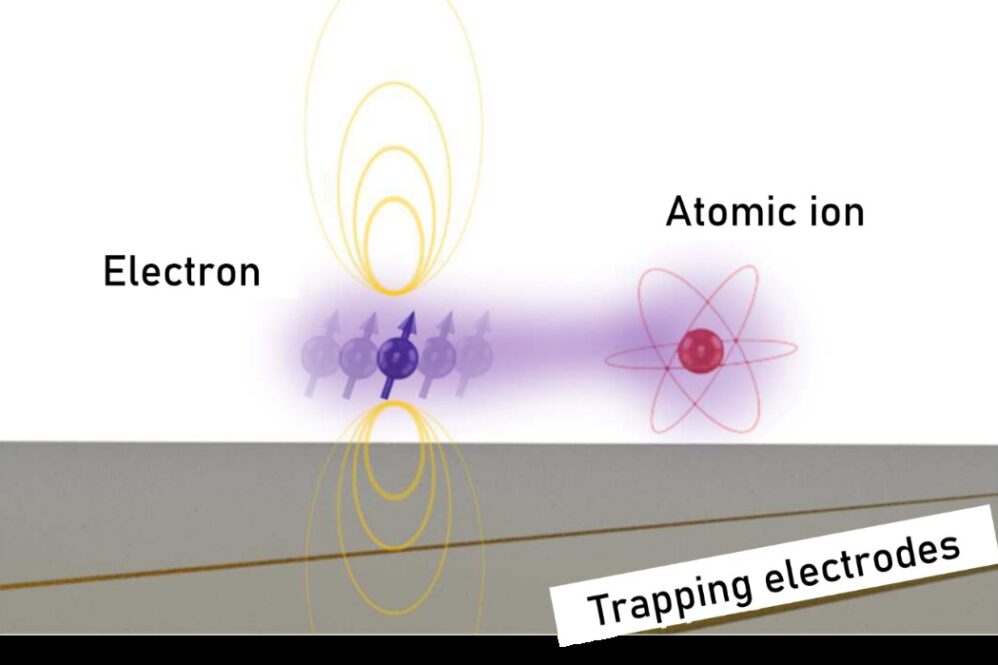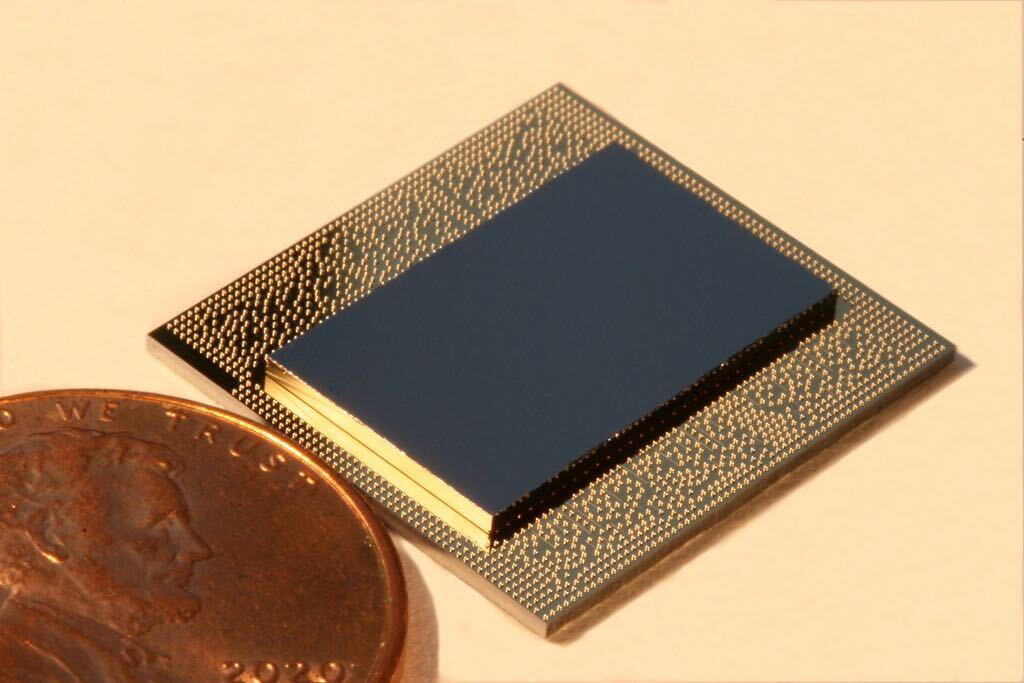Researchers have made significant progress in addressing the limitations of quantum computing by exploring hybrid quantum systems that could enhance qubit stability and control. The study, published in Physical Review Research and led by Assistant Professor Alto Osada at the University of Tokyo‘s Komaba Institute for Science, focused on two innovative hybrid quantum systems.
The research centered on trapped electrons in a vacuum as potential qubits. These electrons, held in what’s called a Paul trap, were studied in two configurations: one paired with superconducting circuits and another coupled with trapped ions. The key challenge was controlling the quantum states and vibrational motions of these trapped electrons, which is crucial for quantum computing applications.
Both hybrid systems demonstrated promising results in controlling electron temperature and movement. The electron-ion coupling leveraged Coulomb attraction between the oppositely charged particles, while the electron-superconducting circuit system utilized different interaction mechanisms. The electron’s extremely light mass proved advantageous, enabling particularly strong interactions in both configurations.
The researchers successfully achieved two critical objectives: single-phonon readout and ground-state cooling. Phonons, which are units of vibrational energy, were effectively controlled using microwave fields and optical lasers. The ability to cool electrons to their ground state (essentially their lowest energy state) and precisely measure their phonon modes represents a significant advancement in quantum control.
These achievements are particularly noteworthy because stable and fast qubits are essential for practical quantum computing. Quantum computers, which operate based on quantum mechanical principles, have the potential to solve certain computational problems far more efficiently than classical computers. However, their development has been hindered by various technical limitations, particularly those related to qubit stability and control.
The research team’s findings suggest that trapped electrons could become a more viable option for quantum computing applications, thanks to the demonstrated feasibility of quantum-level motion control. The hybrid systems they developed showed potential for highly efficient and high-fidelity quantum operations.
Looking forward, the research team plans to validate their theoretical work through practical experimentation. They intend to conduct proof-of-concept experiments using electrons trapped in a microwave cavity. Professor Osada notes that this experimental phase will be crucial in moving toward precise quantum operations and practical quantum computation implementation.
This research represents a significant step toward overcoming one of the fundamental challenges in quantum computing: creating stable, controllable qubits. The innovative approach of using hybrid systems could potentially accelerate the development of practical quantum computers, bringing us closer to realizing the technology’s full potential in solving complex computational problems.
Reference: Alto Osada, Kento Taniguchi, Masato Shigefuji, Atsushi Noguchi. Feasibility study on ground-state cooling and single-phonon readout of trapped electrons using hybrid quantum systems. Physical Review Research, 2022; 4 (3) DOI: 10.1103/PhysRevResearch.4.033245



